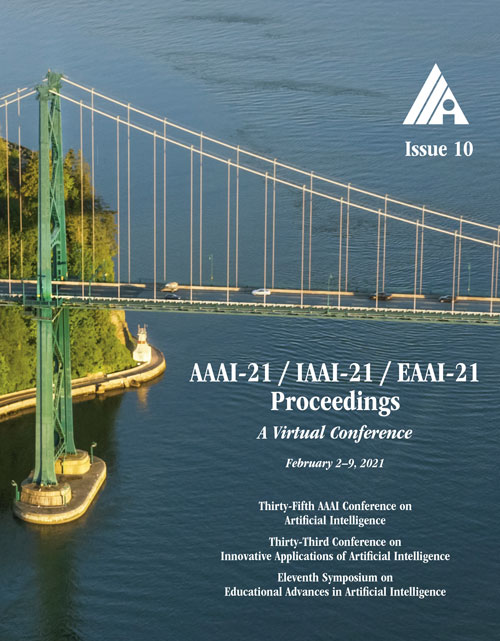Clinical Risk Prediction with Temporal Probabilistic Asymmetric Multi-Task Learning
DOI:
https://doi.org/10.1609/aaai.v35i10.17097Keywords:
Transfer/Adaptation/Multi-task/Meta/Automated LearningAbstract
Although recent multi-task learning methods have shown to be effective in improving the generalization of deep neural networks, they should be used with caution for safety-critical applications, such as clinical risk prediction. This is because even if they achieve improved task-average performance, they may still yield degraded performance on individual tasks, which may be critical (e.g., prediction of mortality risk). Existing asymmetric multi-task learning methods tackle this negative transfer problem by performing knowledge transfer from tasks with low loss to tasks with high loss. However, using loss as a measure of reliability is risky since low loss could result from overfitting. In the case of time-series prediction tasks, knowledge learned for one task (e.g., predicting the sepsis onset) at a specific timestep may be useful for learning another task (e.g., prediction of mortality) at a later timestep, but lack of loss at each timestep makes it difficult to measure the reliability at each timestep. To capture such dynamically changing asymmetric relationships between tasks in time-series data, we propose a novel temporal asymmetric multi-task learning model that performs knowledge transfer from certain tasks/timesteps to relevant uncertain tasks, based on the feature-level uncertainty. We validate our model on multiple clinical risk prediction tasks against various deep learning models for time-series prediction, which our model significantly outperforms without any sign of negative transfer. Further qualitative analysis of learned knowledge graphs by clinicians shows that they are helpful in analyzing the predictions of the model.Downloads
Published
2021-05-18
How to Cite
Nguyen, A. T., Jeong, H., Yang, E., & Hwang, S. J. (2021). Clinical Risk Prediction with Temporal Probabilistic Asymmetric Multi-Task Learning. Proceedings of the AAAI Conference on Artificial Intelligence, 35(10), 9081-9091. https://doi.org/10.1609/aaai.v35i10.17097
Issue
Section
AAAI Technical Track on Machine Learning III

